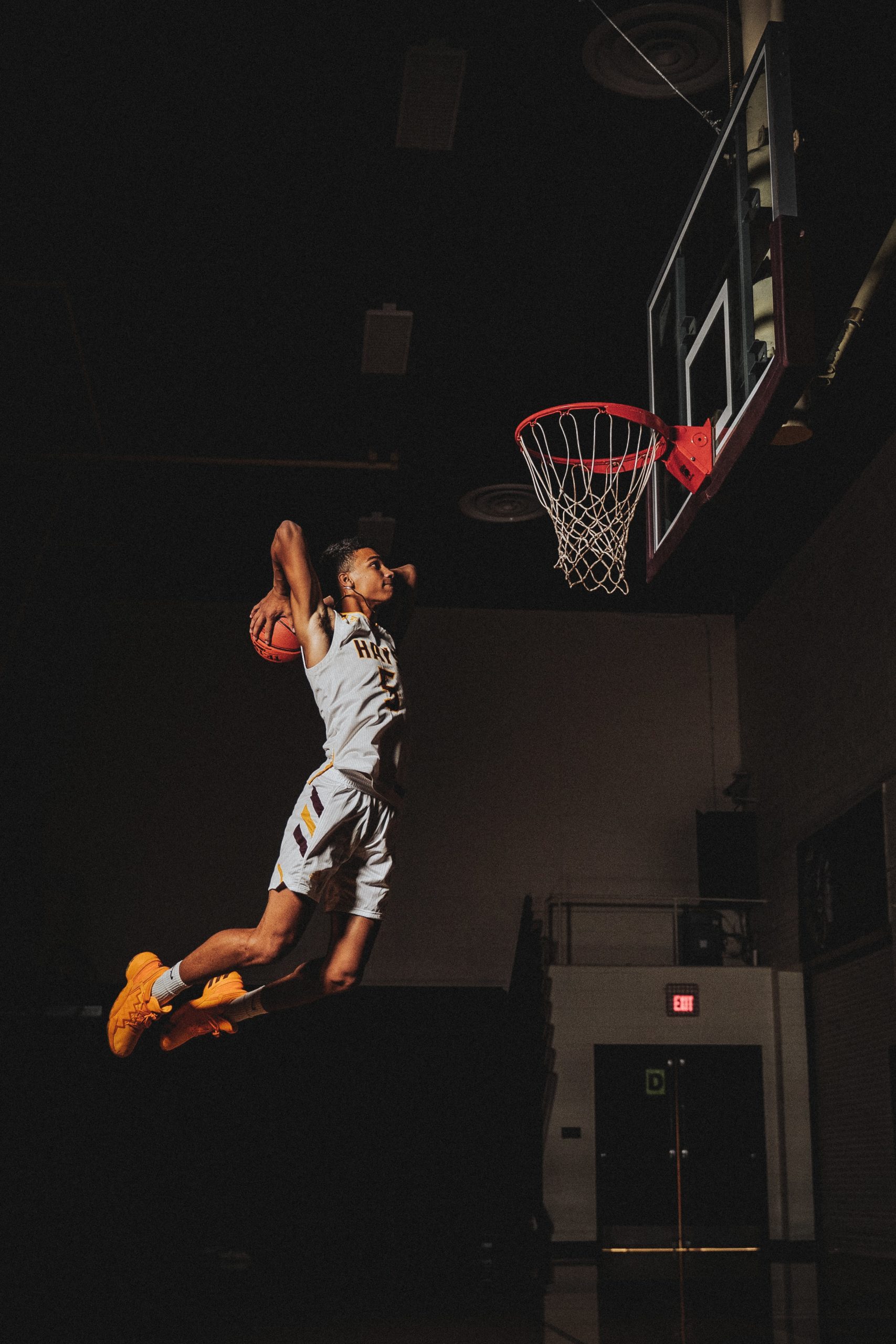14 Tips for High School Athletes: How to Get Recruited

High school athletes who want to get recruited by a college need to get noticed by the right coach. Although in some cities, athletes in Class 8A, 7A, and 6A football, basketball and baseball may have scouts come to their games, and in metropolitan areas, many sports are frequently covered in widely distributed newspapers or newscasts, every year, thousands of other outstanding athletes are overlooked for one simple reason: the coaches didn’t know they were out there.
Have a power drink and breathe. Whatever sport you participate in, from football to fencing, or bowling to basketball, student-athletes can do more to get themselves on the radar of a coach. All they need is a game plan.
Below are some tips for student-athletes from International College Counselors:
- Research the ins and outs of recruiting, regulations, colleges, coaches, and sports programs. Read the NCAA and NAIA Guide for the College Bound Student-Athlete and watch www.freerecruitingwebinar.org. Know exactly how coaches can contact you and how you can contact coaches. These are two separate rules.
- Use the Internet. Visit college websites, and collect information about the different sports programs. Look for schools that fit your talents, athletically and academically.
- Don’t just focus on NCAA Division I sports. There are more than 1,800 colleges with athletic programs. The vast majority of college scholarship opportunities are at the Division II, Division III, NAIA, or Junior College level. Expand your search to give yourself a better opportunity.
- Attend college sports camps, if you can. The colleges’ coaching staff usually leads the sports camps. You also get a chance to enhance your skills.
- Join travel teams or clubs. At some events there can be hundreds of teams and thousands of athletes competing. Scouts prefer going to where the better players are competing. Additionally, it gives you a chance to really check out your competition. Keep in mind, you can’t rely on being ‘discovered’ at a camp or showcase.
- Depending on the sport, contact coaches in desired programs and build relationships with them as early as possible. For example, send them some newspaper articles about you and the teams you play for, or a link to a particularly spectacular achievement. If there is an opportunity to meet a coach, go and introduce yourself with a quick rundown of your best achievements.
- Create a sports video of yourself in action that you will send to programs of your choice during your Junior year along with an athletic “resume” highlighting your achievements. Include stats, win/loss record, awards, high school transcripts, information on SAT/ACT scores, and letters of recommendation from coaches and teachers. Don’t forget your contact information. (The best video is a combination game video and skills video.)
- Start a YouTube channel or website of yourself. Post videos of your achievements and scans of articles. (Don’t just post links; some papers disconnect the links after a period of time). Create a professionally prepared resume that highlights your athletic and academic achievements. Post it online.
- Get evaluated, if you can. Many third-party people serve as the eyes and ears of the coaches who don’t have time to see every player.
- Keep up your academics. Get good grades, meet with your college counselor to make sure you are academically eligible, try to take the SAT/ ACT in your junior year, and maintain a good attitude.
- Answer any requests from colleges immediately. If a coach or school is requesting more information, chances are they are seriously considering you. Ask your high school coach to complete any requests for information about you as soon as possible, as well.
- Register with the NCAA and NAIA Eligibility Centers to be cleared for athletic scholarships.
- Don’t get discouraged if you don’t hear from coaches. NCAA rules only permit them to contact student-athletes at certain times.
- Take care of your body and keep working hard to get stronger, faster and fitter. It’s competitive out there – but if you’re a true athlete at heart – knowing that should push you more.
One last note, many colleges are now providing scholarship athletes with monthly payments, as a result of a new NCAA policy. The Power 5 conferences — ACC (Atlantic Coast Conference), Big 12, Big Ten, Pac-12 and SEC (Southeastern Conference)— voted on the ruling, allowing colleges and universities to pay their student-athletes an additional $1,400 to $5,666 for “cost of attendance.”
By taking control of the process and being proactive, student-athletes can greatly increase their chances of getting recruited.

